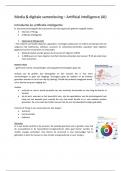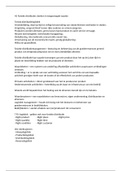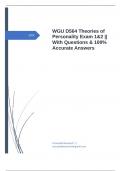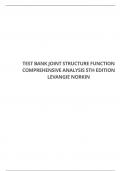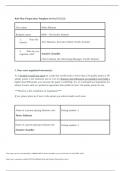Samenvatting
Comprehensive summary Research Methodology and Descriptive Statistics test 2 + R test
- Instelling
- Universiteit Twente (UT)
A comprehensive summary for Research Methodology and Descriptive Statistics test 2 including units 13, 24, 12, 14, 15, 16, 17, 18, 19, 20, 21, 22 + R TEST based on the microlectures, lectures and assignments + R codes (own grade: 9.7)
[Meer zien]






